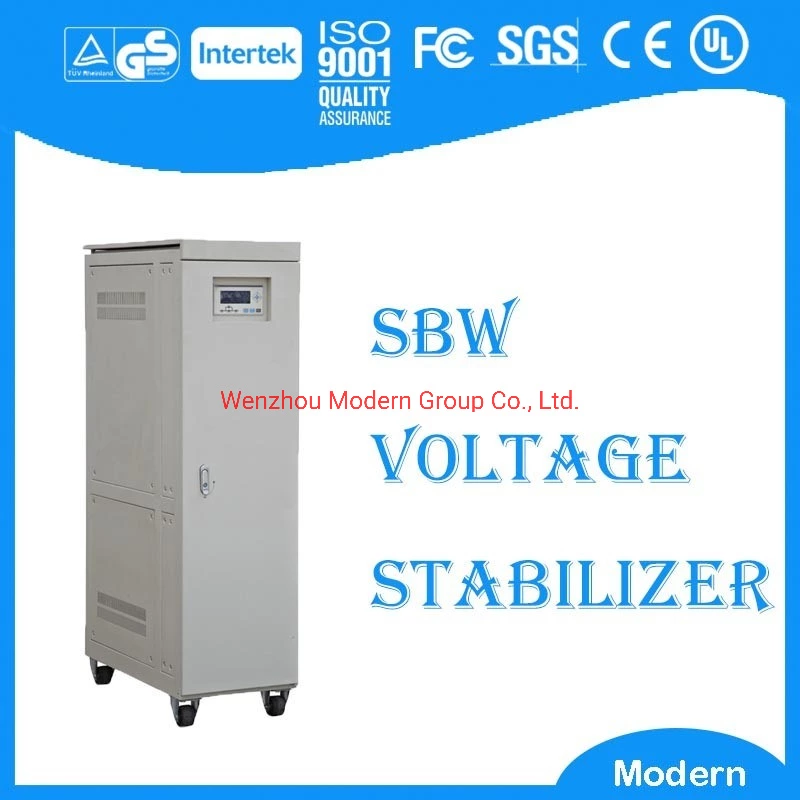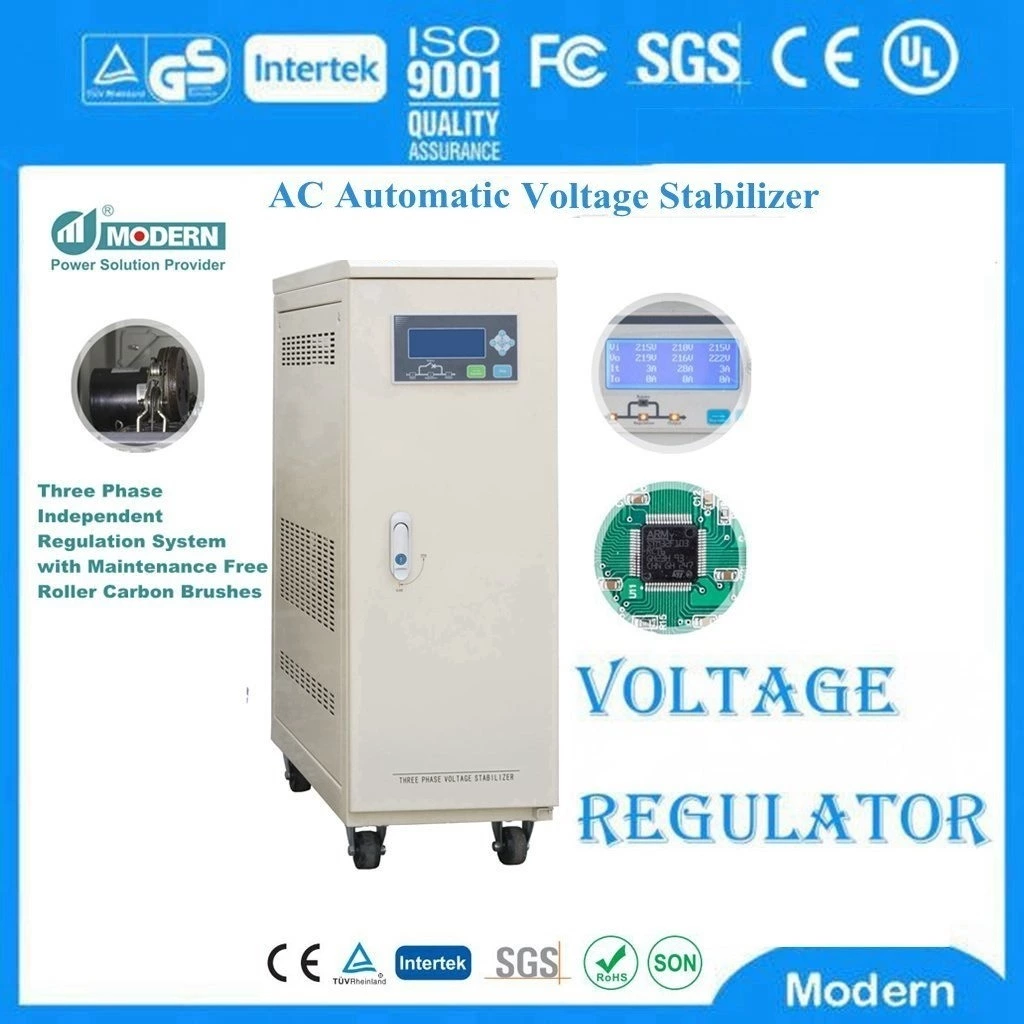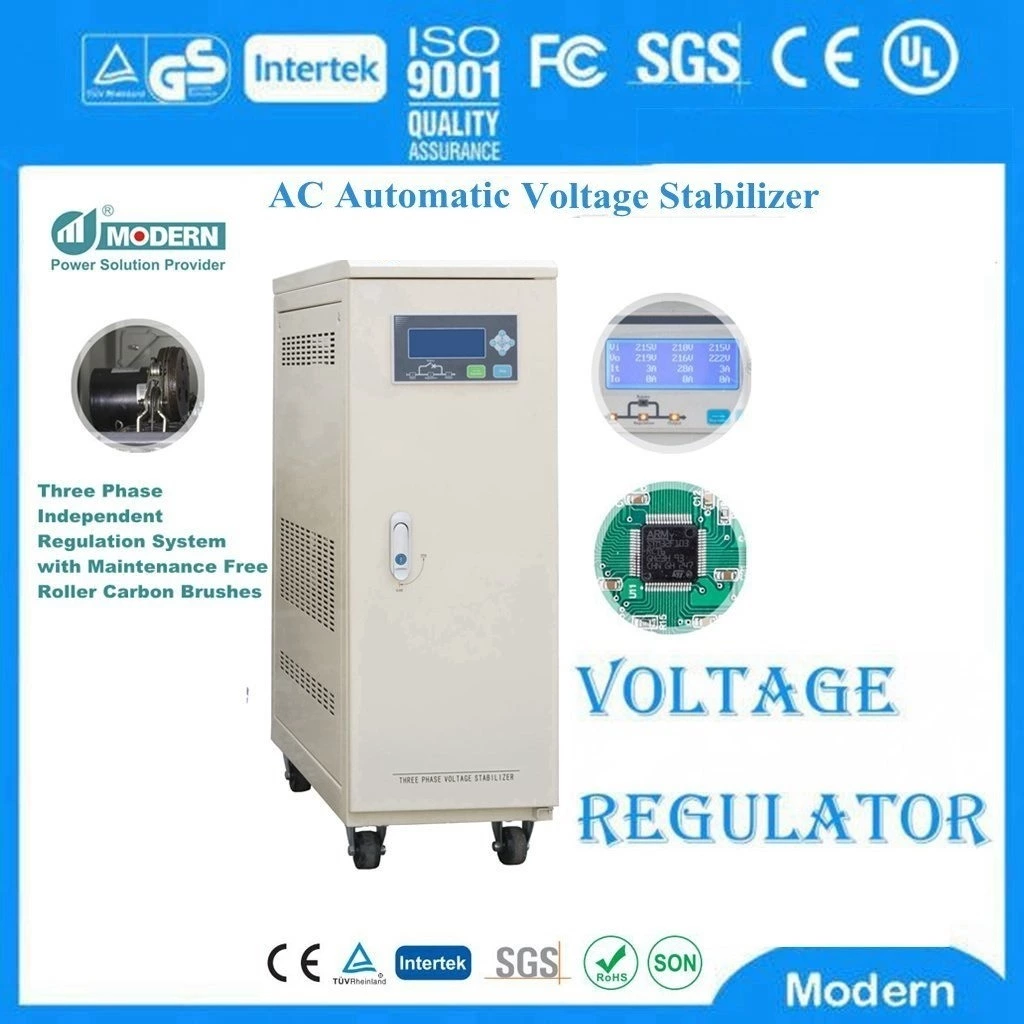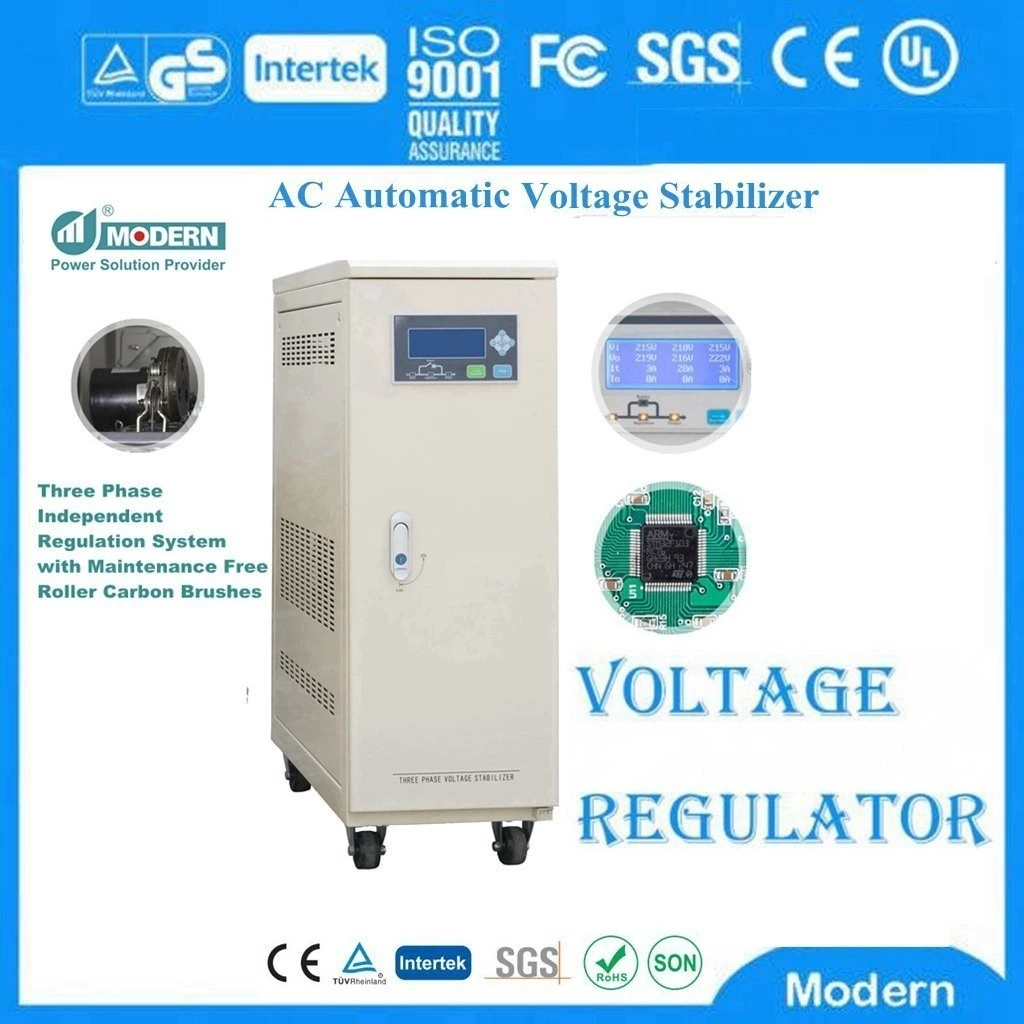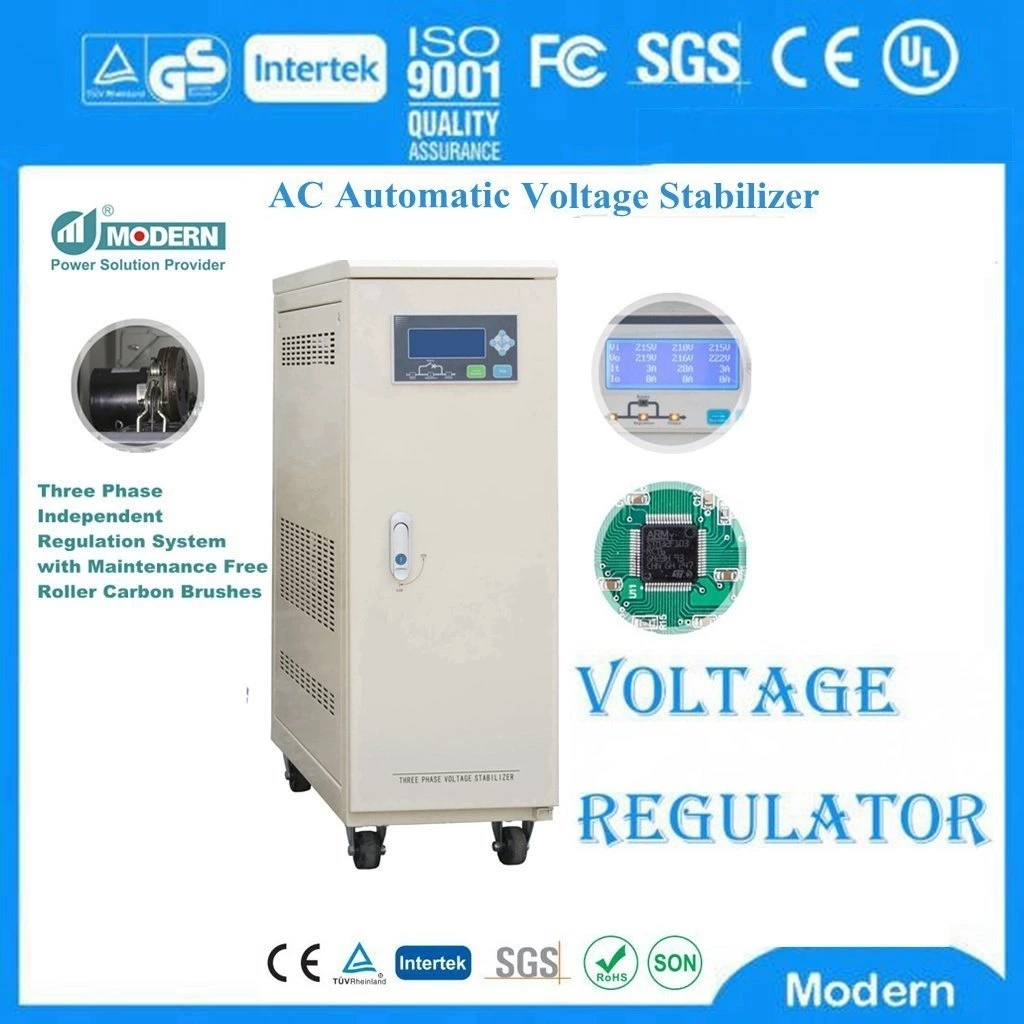Use Automatic Voltage Stabilizer To Solve The Harm Caused By Voltage Fluctuation
A customer is a machine processing factory. Many CNC lathes always alarm at around 2 pm. The problem occurs when restarting. It used to happen once or twice, but now it happens frequently in the afternoon. I asked him for the original picture and solution. I suspected that the voltage of his power grid may fluctuate greatly during that period. The voltage is too high or too low, which causes the CNC machine tools to not work properly. I asked him to buy a Automatic Voltage Regulator to try it out. Later, the problem was solved. The reason is that the voltage fluctuates greatly. The instantaneous voltage fluctuation of the inverter causes the PLC to stop due to communication failure.
What is voltage fluctuation
The phenomenon that the voltage changes sharply and deviates from the rated value within a certain period of time is called voltage fluctuation. The rate of voltage change is greater than 1% per second, which is called a sharp voltage change.
Voltage fluctuation generally has the following three reasons:
(1) The operation mode of the power grid changes, causing changes in power distribution and grid impedance.
(2) The power load changes with different seasons, different times of day and night, and changes in user production processes.
(3) Some equipment in the power grid has an accident or failure.
The above reasons cause the reactive power of the power grid to lose balance, thus causing voltage fluctuations. What are the hazards of voltage fluctuations? If the voltage fluctuation (increase or decrease) exceeds the allowable range, it will cause the power grid and user electrical equipment to operate under high or low voltage conditions, which is neither economical nor safe. The hazards of the power grid and user electrical equipment operating under high or low voltage conditions are described as follows:
(1) Hazards of operating under high voltage conditions:
A. Accelerate the aging of the insulation of power supply and power equipment, shortening the service life of the equipment;
B. Cause voltage waveform distortion, increase the high-order harmonics of the power grid, and in severe cases cause overvoltage, endangering the safety of the network and equipment;
C. Increase the no-load loss of transformers and motors, thereby increasing the power and energy loss of the network;
D. Force some reactive compensation devices to exit operation, reduce the reactive compensation efficiency, and increase the line loss of the network;
E. Affect the normal operation of users and product quality.
(2) The hazards of running at low voltage:
A. Reduce the efficiency of power generation and supply equipment;
B. Increase the power and energy loss of the power grid;
C. Endanger the safe operation of the power grid, and in severe cases, cause voltage collapse, resulting in the collapse of part of the power grid;
D. Make it difficult to start the motor, and the motor will be burned if it runs at low voltage for a long time;
E. Reduce the efficiency of electrical equipment and affect product quality.
Voltage fluctuation characteristics
Mains power is what we call industrial frequency alternating current. Alternating current is usually characterized by three quantities: voltage, current, and frequency. The fluctuation range of 220 mains power is less than 220V±10%. The commonly used industrial frequency of alternating current in various countries around the world are 50Hz (Hertz) and 60Hz (Hertz). The distribution of civil alternating current voltage ranges from 100V to 380V. The computer room generally introduces three-phase 380V, 50HZ mains power as the power supply, but the rectifier module of the equipment's power supply 220v rectifier uses a single-phase 220V voltage. We have always believed that the mains electricity is continuous and stable except for occasional power outages. In fact, this is not the case. As a public power grid, the mains electricity system is connected to thousands of various loads. Some of the larger loads not only obtain electricity from the power grid, but also affect the power grid in turn, causing power surges, voltage instability, instantaneous high or low voltage, etc. In addition, unexpected natural and man-made accidents, such as earthquakes, fires, lightning strikes, and short circuits in the power transmission and transformation system, will endanger the normal supply of electricity, thereby affecting the normal operation of electrical appliances.
What effect does excessive voltage have on electrical appliances?
Excessive voltage can accelerate the aging of electrical equipment, reduce its lifespan, and in severe cases, burn out electrical appliances. For example, the lifespan of an ordinary light bulb when the voltage is often 10% higher is only 30% of the lifespan when the voltage is often maintained at the rated value. For every 5% increase in the cathode voltage of various electronic tubes of electronic equipment, the cathode lifespan is reduced by half.
What effect does too low voltage have on electrical appliances?
Too low voltage can reduce the capacity of power transmission and transformation equipment, reduce the charging power of transmission lines, cause large-scale power outages, shorten the lifespan of equipment, and even burn out electrical appliances.
What effect does a mains power outage have on electrical appliances?
Mains power outage refers to a situation where the mains power is interrupted and lasts for at least two cycles to several hours. The causes include: circuit breaker tripping on the line, mains power supply interruption, power grid failure, etc. Usually, it causes electrical appliances to burn out or electrical fires when the power is turned on again after a power outage.
Both voltage deviation and voltage fluctuation will affect the quality of power and the normal and safe application of power. Voltage deviation is the deviation of the actual voltage from the rated value, resulting in overvoltage (high) or undervoltage (low). If the actual voltage is too high, it will cause overvoltage in the equipment, threaten insulation and reduce service life; if the actual voltage is too low, it will affect the normal work of the user, causing the user's equipment and electrical appliances to fail to operate normally or stop operating. Voltage fluctuation and flicker are irregular and rapid changes in voltage, which cause lights to flicker and cause visual discomfort to the human eye. Although some voltage fluctuations are within the normal voltage change limit, due to the fast change frequency, they may also interfere with the normal operation of voltage-sensitive electronic equipment and instruments such as computers.
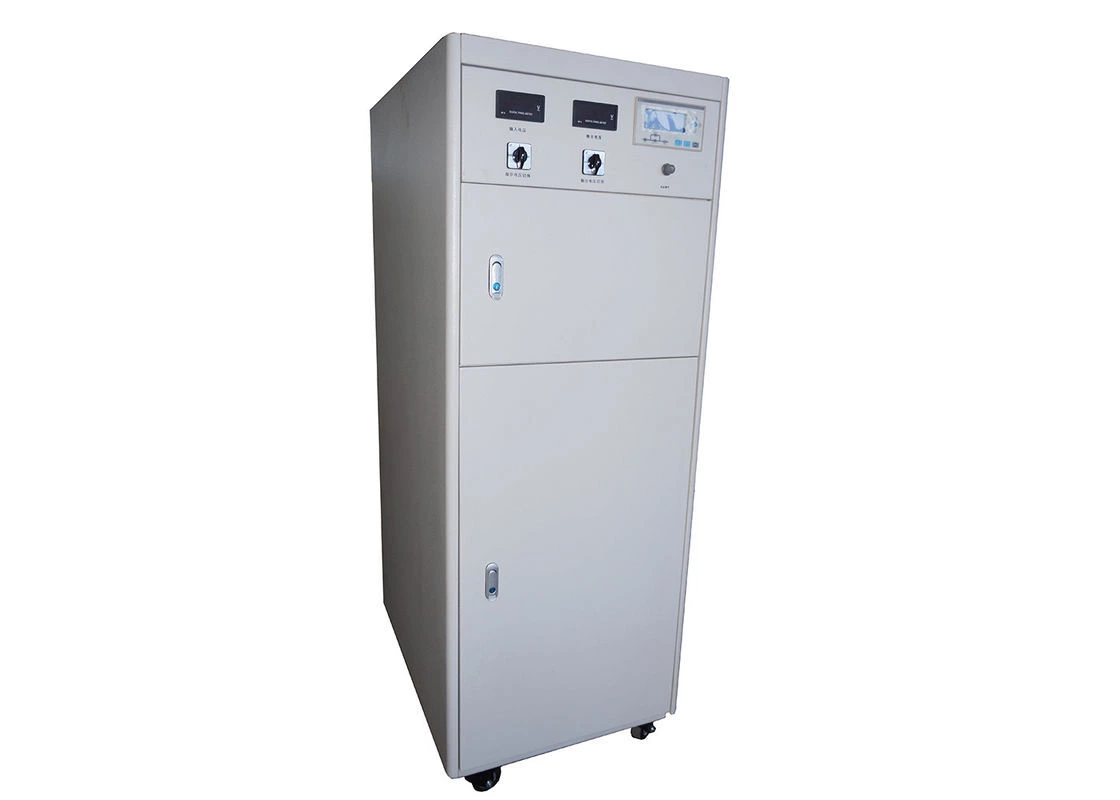
 Русский
Русский
 Français
Français
 Português
Português
 Español
Español
 اللغة العربية
اللغة العربية
